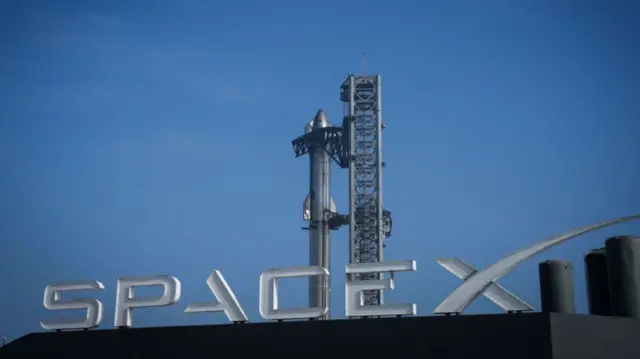That's all from uspublished at 16:11 BST 6 June 2024
 Emily Atkinson
Emily Atkinson
Live reporter
 Image source, SpaceX
Image source, SpaceXToday was nothing short of extraordinary.
As per the plan, the Starship rocket has successfully returned to Earth on its fourth test flight, landing in the Indian Ocean.
It's a major step forwards for SpaceX, following three previous failed attempts. (But this is all part of the trial-and-error of the programme, the company says).
Now, the wait begins for whatever comes next.
This page was edited by me, with contributions from our science correspondent Jonathan Amos and science editor Rebecca Morelle. Thanks for joining us.









